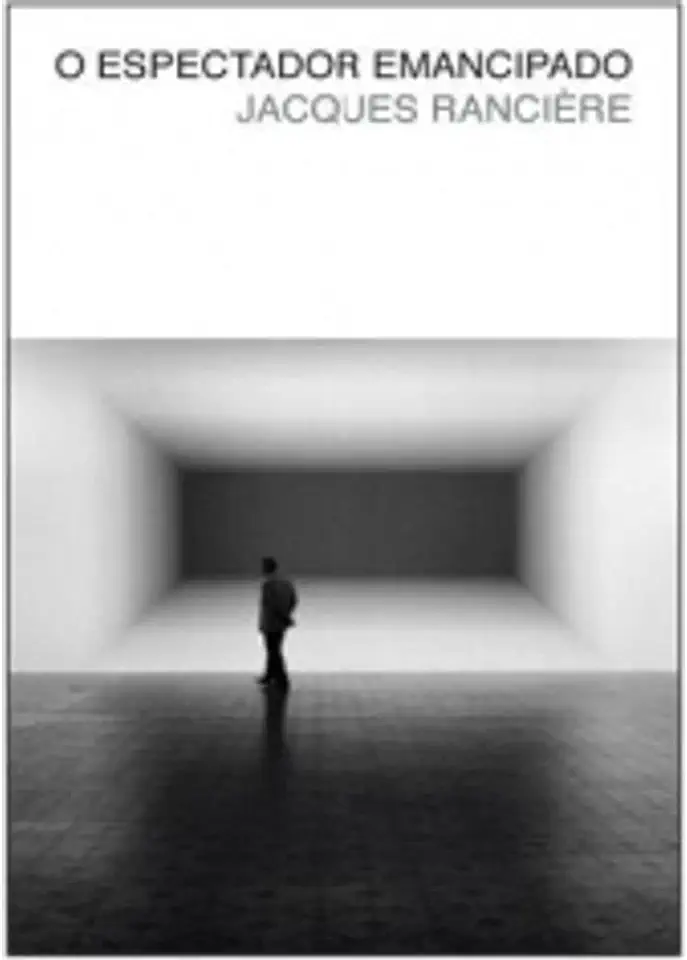
The Emancipated Spectator - Jacques Ranciere
The Emancipated Spectator: Jacques Rancière
In his groundbreaking work, "The Emancipated Spectator", Jacques Rancière challenges traditional notions of art and spectatorship, arguing that the true potential of art lies in its ability to disrupt and challenge the established order. Rancière contends that art is not simply a passive object to be consumed, but rather an active force that can empower individuals to critically engage with the world around them and to imagine new possibilities for social and political change.
Rethinking the Role of the Spectator
Rancière begins by deconstructing the traditional conception of the spectator as a passive recipient of artistic meaning. He argues that this model of spectatorship reinforces existing power structures and silences the voices of those who are marginalized or excluded from the dominant discourse. Instead, Rancière proposes an "emancipated spectator" who is actively engaged in the process of interpretation and who is capable of challenging the assumptions and conventions that shape their understanding of the world.
Art as a Political Act
Rancière argues that art is not simply a reflection of society, but rather a force that can actively shape and transform it. He contends that art has the power to disrupt the status quo and to open up new possibilities for thought and action. By challenging conventional modes of representation and disrupting established hierarchies, art can empower individuals to critically examine their own social and political realities and to imagine alternative ways of organizing society.
The Aesthetics of Dissent
Rancière explores the ways in which art can embody and express dissent, providing a platform for marginalized voices to be heard and for alternative perspectives to be articulated. He argues that art can create spaces of resistance and critique, enabling individuals to challenge the dominant narratives and power structures that shape their lives. By disrupting the boundaries between the aesthetic and the political, art can become a catalyst for social and political change.
The Politics of Aesthetics
Rancière concludes by reflecting on the relationship between aesthetics and politics, arguing that art is not simply a tool for political propaganda, but rather a force that can challenge and transform the very foundations of political power. He contends that art has the potential to create new forms of community and solidarity, and to empower individuals to become active participants in the democratic process.
Why You Should Read "The Emancipated Spectator"
"The Emancipated Spectator" is a must-read for anyone interested in art, politics, and the power of critical thinking. Rancière's provocative and insightful analysis challenges conventional notions of spectatorship and art, and offers a new perspective on the role of art in society. This book is a call to action, inviting readers to become active participants in the creation of a more just and democratic world.
Key Concepts:
- Emancipated spectator
- Art as a political act
- Aesthetics of dissent
- Politics of aesthetics
- Critical thinking
- Social and political change